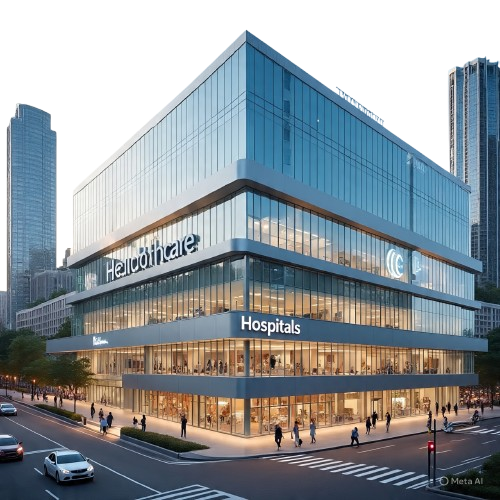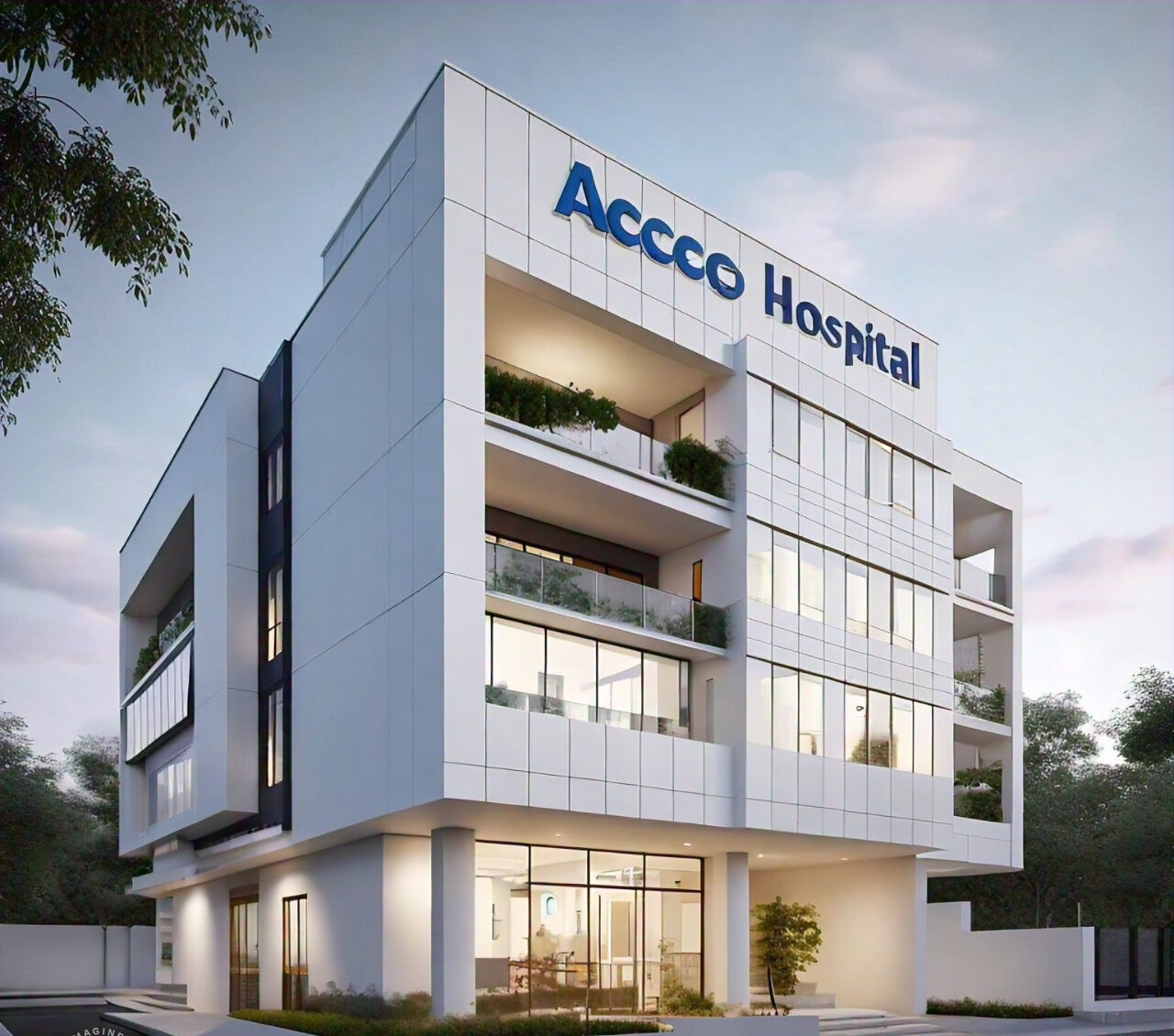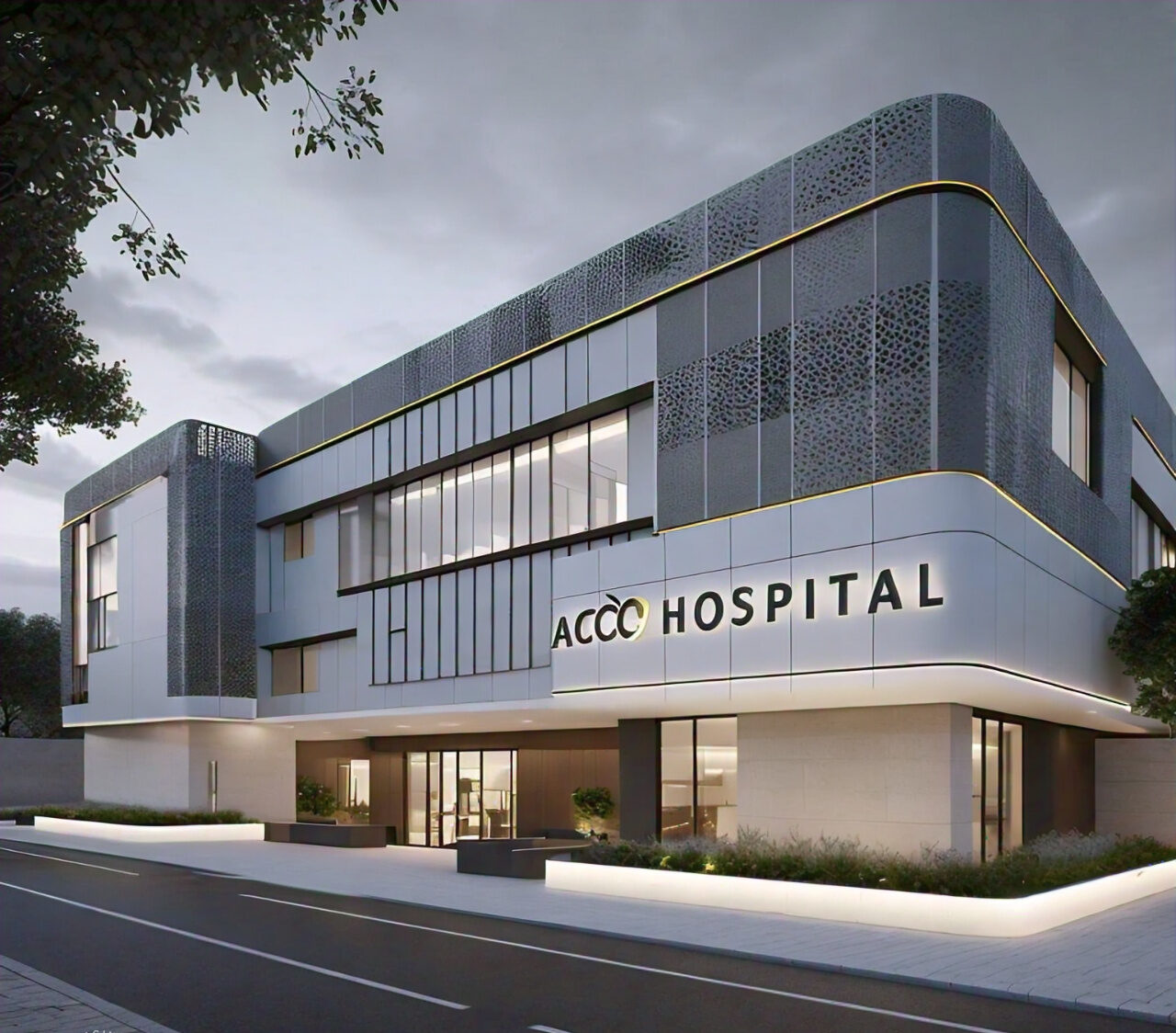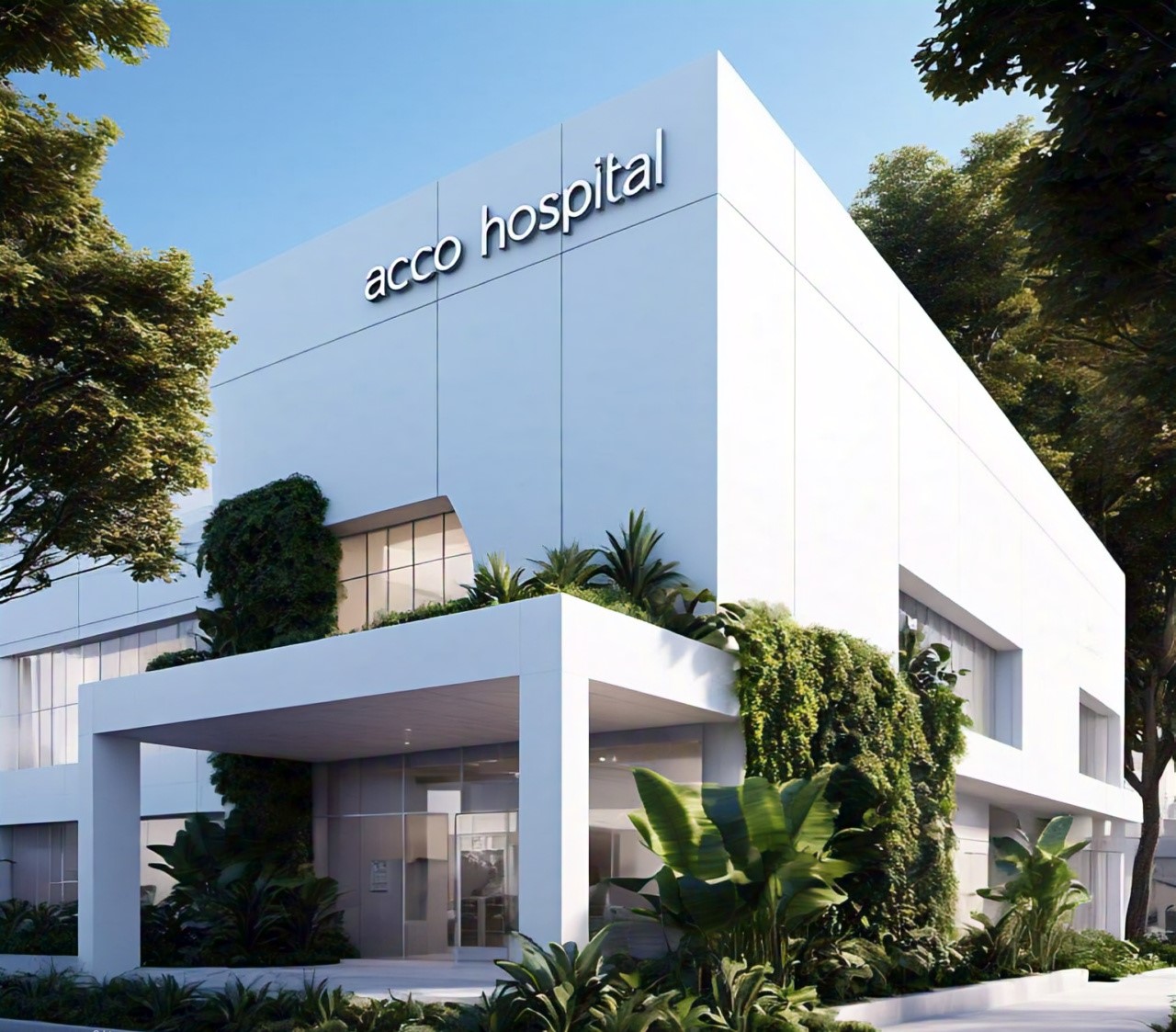
Hospital Design in Punjab
Introduction
Punjab, the most populous province of Pakistan, is a hub of economic activity and cultural diversity. However, like other regions, it faces immense challenges in healthcare delivery due to rapid population growth, urbanization, and limited resources. Hospital design in Punjab plays a critical role in addressing these challenges by creating functional, efficient, and patient-centered healthcare facilities. Whether it’s in the bustling cities of Lahore and Faisalabad or the rural districts of South Punjab, well-planned hospital infrastructure is the backbone of a strong healthcare system.
Healthcare facilities in Punjab are evolving from traditional designs to modern, technologically advanced spaces. With the government and private sector working to improve healthcare delivery, hospital design has become a priority in ensuring accessible and efficient medical services for all. From sustainability to smart technologies, innovations in hospital design are transforming how healthcare is delivered in the province.
Evolution of Hospital Design in Punjab
Historical Overview of Healthcare Facilities
Hospital design in Punjab has come a long way from basic dispensaries and small clinics established during British rule. Early healthcare facilities were built with limited resources, focusing only on functionality. Post-independence, government hospitals like Mayo Hospital in Lahore and Nishtar Hospital in Multan became icons of healthcare infrastructure in Punjab, although their designs were based on outdated models.
Growth of Modern Hospitals
In recent decades, Punjab has witnessed a surge in modern hospitals that emphasize patient care, efficiency, and sustainability. Institutions like Shaukat Khanum Memorial Cancer Hospital in Lahore and Recep Tayyip Erdogan Hospital in Muzaffargarh are prime examples of how architecture can impact healthcare delivery.
Role of Urbanization in Punjab’s Hospital Design
The rapid urbanization of cities like Lahore, Rawalpindi, and Faisalabad has created a demand for multi-story hospitals and specialized facilities. Architects are now focusing on designs that cater to high patient volumes while optimizing available land and resources.
Key Features of Hospital Design in Punjab
Patient-Centered Design Principles
Patient-centered hospital design focuses on creating environments that enhance the comfort and well-being of patients and their families. In Punjab, modern hospitals include features like spacious waiting areas, private rooms, and intuitive wayfinding systems.
Technology Integration in Hospitals
Technological advancements are shaping the future of healthcare infrastructure in Punjab. Smart hospital designs include IoT-enabled devices, digital record systems, and advanced monitoring tools to improve patient care and operational efficiency.
Sustainability and Energy Efficiency
Given the environmental challenges facing Punjab, sustainability has become a critical focus in hospital design. Green building practices, energy-efficient HVAC systems, and solar energy solutions are helping hospitals reduce their environmental footprint while cutting operational costs.
Urban vs. Rural Hospital Design in Punjab
Challenges of Urban Healthcare Design
Urban hospitals in Punjab face issues like overcrowding, traffic congestion, and limited land availability. Multi-story hospitals with efficient layouts are becoming a necessity to manage the high patient influx in cities like Lahore and Rawalpindi.
Solutions for Rural Hospital Design
In rural areas, the focus is on designing cost-effective facilities that can operate with limited resources. Modular construction and prefabricated structures are proving to be practical solutions for improving healthcare access in underserved areas.
Addressing the Urban-Rural Divide
Bridging the gap between urban and rural healthcare infrastructure is a priority for hospital designers in Punjab. Innovative solutions like mobile health units and telemedicine-enabled facilities are bringing healthcare services closer to rural populations.
The Role of Public and Private Sectors
Contributions of Government-Led Projects
Government initiatives like the Punjab Health Initiative Management Company (PHIMC) and Sehat Sahulat Program are driving the development of public healthcare facilities. Projects like the DHQ (District Headquarters) Hospitals in various districts highlight the government’s commitment to healthcare infrastructure.
Impact of Private Sector Initiatives
Private healthcare providers in Punjab, such as Shaukat Khanum Memorial Cancer Hospital and Ittefaq Hospital, have set benchmarks for modern hospital design. These facilities focus on patient-centered care, technological integration, and high-quality services.
Public-Private Partnerships in Healthcare Infrastructure
Collaborations between the government and private sector are critical for improving hospital design in Punjab. Joint ventures can help overcome budgetary constraints while ensuring the development of state-of-the-art facilities.
Sustainability in Hospital Design
Eco-Friendly Building Practices
Sustainability is becoming a core aspect of hospital design in Punjab. Architects are using eco-friendly materials, efficient insulation, and renewable energy solutions to reduce the environmental impact of healthcare facilities.
Renewable Energy Solutions for Hospitals
Solar panels and energy-efficient lighting systems are helping hospitals in Punjab lower their energy consumption. These solutions are especially valuable in rural areas, where electricity supply can be unreliable.
Waste Management Systems in Healthcare Facilities
Proper waste management is essential in hospital design. Modern facilities in Punjab are incorporating waste segregation and disposal systems to ensure compliance with environmental standards and reduce health risks.
Top Hospital Design Projects in Punjab
Some notable hospital projects in Punjab include:
- Shaukat Khanum Memorial Cancer Hospital, Lahore: A benchmark for cancer treatment and patient-centered design in Pakistan.
- Recep Tayyip Erdogan Hospital, Muzaffargarh: A state-of-the-art public hospital offering free healthcare to underserved communities.
- Pakistan Kidney and Liver Institute (PKLI), Lahore: Designed for specialized treatment, PKLI emphasizes patient comfort and operational efficiency.
Future Trends in Hospital Design in Punjab
Modular and Flexible Hospital Layouts
To accommodate future demands, hospitals are being designed with modular layouts that allow for easy expansion and reconfiguration.
Integration of Smart Technologies
Smart hospitals in Punjab will feature AI-powered systems, automated workflows, and telemedicine capabilities, setting new standards for efficiency and patient care.
Use of Sustainable Construction Materials
Recyclable materials and energy-efficient construction methods are gaining popularity in Punjab, aligning with global trends in green architecture.
FAQs
What are the key features of modern hospital design in Punjab?
Modern hospital design in Punjab emphasizes patient-centered care, sustainability, and the integration of smart technologies.
How is sustainability incorporated into hospital design?
Sustainability is achieved through eco-friendly materials, energy-efficient systems, and renewable energy solutions like solar panels.
What challenges do rural hospitals face in Punjab?
Rural hospitals face challenges like limited resources, budget constraints, and accessibility issues, which require cost-effective and innovative design solutions.
What role does technology play in hospital design?
Technology enhances efficiency and care quality through IoT devices, telemedicine infrastructure, and AI-powered systems.
What are some notable hospitals in Punjab?
Shaukat Khanum Memorial Cancer Hospital, Recep Tayyip Erdogan Hospital, and Pakistan Kidney and Liver Institute are examples of exceptional hospital design in Punjab.
How can public-private partnerships improve healthcare infrastructure?
Collaboration between public and private sectors can pool resources, expertise, and funding to create state-of-the-art healthcare facilities.
Conclusion
Hospital design in Punjab is evolving rapidly to meet the growing demands of its population. By focusing on sustainability, patient-centered care, and technological integration, architects and healthcare providers are transforming the province’s healthcare landscape. While challenges remain, innovative solutions and collaborations between the public and private sectors are paving the way for a healthier, more accessible future for all.
Suggestions for Inbound and Outbound Links
Inbound Links:
- Internal articles on sustainable healthcare design.
- Blogs on the impact of technology in healthcare architecture.
Outbound Links:
- WHO guidelines on healthcare facility design.
- Articles on global best practices in hospital architecture.




